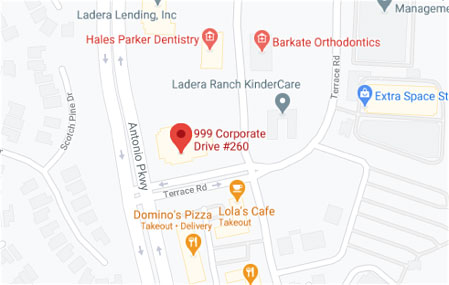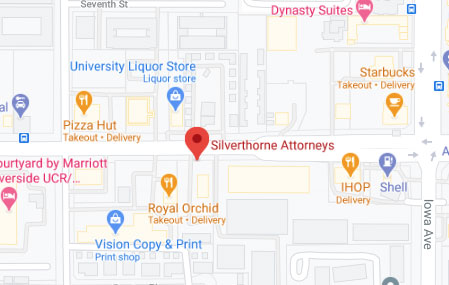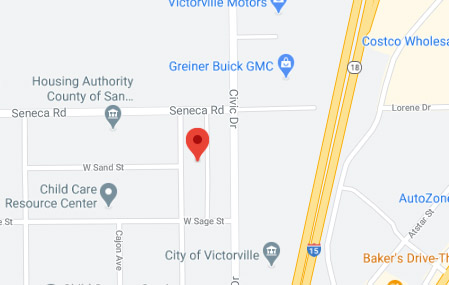
When you send your child off to school on a school bus, the last thing you expect is for them to be in an accident. School buses are actually the most regulated vehicles according to the National Highway Traffic Safety Administration (NHTSA). However, while 23.5 million children ride a school bus every day, over 17,000 children are treated for injuries in emergency rooms due to school bus accidents. If you, or your child, have been injured in any way that relates to a school bus, contacting the personal injury lawyers at Silverthorne Attorneys can help you understand your rights. If you have suffered injuries related to a school bus accident, here are five things you need to know.
1. School Buses Are Typically Very Safe
According to the American School Bus Council, almost half a million yellow school buses transport 25 million children every day in the United States. School buses are designed to be safe by design and are safer than transporting children in a typical passenger vehicle. Typically, school bus drivers are required to take extra testing and have the additional requirement of carrying an “S” endorsement on a Commercial Driver’s License (CDL) in order to operate a school bus.
While seatbelts clearly play a role in vehicle safety for typical automobiles, most larger school buses do not have seatbelts installed for children. School buses are designed to distribute the force of an accident differently than a lighter vehicle. Therefore, the NHTSA determined that the engineering concept of “compartmentalization” allows for better protection of children by protecting them in small areas padded by energy-absorbing seats. The National Safety Council has now revisited the idea of lap belts and has determined that the inclusion of lap belts for children can also provide an additional layer of safety.
Ultimately, statistics show that school buses are extremely safe in most circumstances for children, and safer than traditional passenger vehicles.
2. Bus Stop Safety
According to the Center for Innovation in Pediatric Practice, 24% of injuries related to a school bus involve entering or exiting the school bus. The largest risk for your child does not come from being inside a school bus, but rather walking towards or away from one, or waiting for a school bus at a bus stop. The following safety tips can help your child be safe and protected when either waiting for a school bus or exiting one.
- Arrive Early. Arriving early to the bus stop allows for calm behavior without the panic that a child may miss their school bus and ride to school.
- Keep Your Distance. A child should always be at least six feet away from the curb. School buses can slide or skid, and children should always maintain a large distance between them and the roadway.
- Minimize Play. A school bus is large and dangerous. Playing and running is a distraction, and children could unintentionally run out in front of a school bus if they are not being mindful of their behavior.
- Line Up Facing the School Bus. Line children up away from the bus in a perpendicular manner, instead of alongside the bus, where they are closest to the movement of the school bus. Moving them away from the bus as much as possible can decrease injuries.
- Do Not Approach Until the School Bus Stops. Until the school bus has come to complete stop, the doors have opened, and the school bus driver indicates it is safe to proceed, all children should stay six feet away from the edge of the street.
- Use Handrails. Always encourage children to utilize the handrails when coming on or off the bus.
3. Pedestrian Safety
According to the National Safety Council, approximately 17% of deaths related to school bus accidents happen to pedestrians. While school bus stop safety is important, walking near school buses, or across the street to get to a school bus can be dangerous. Follow these steps to decrease your chances of being in an accident as a pedestrian near a school bus.
- Always walk on the sidewalk or on the side of the street at least 10 feet ahead of the school bus before you cross in front of it.
- Always confirm that the bus driver can see you and that you can see the bus driver. It is always best to make sure that the bus driver signals that it is safe for you to cross the street.
- Never walk behind the school bus or cross the street behind the school bus.
- If a child drops something near a bus, always tell them to stay where they are and not run to pick it up. Make sure to tell the bus driver first if you are going to pick up something that you dropped near a school bus.
Pedestrian accidents are easily avoidable when an abundance of caution is taken by the pedestrians and children walking near or around school buses. Injuries related to pedestrian accidents with school buses are typically very severe, so always remain vigilant as a pedestrian when walking around or near school bus stops or school buses.
4. Occupants’ safety
As previously mentioned, school buses are typically very safe. Even without seat belts, school buses were engineered to keep children as safe as possible as they travel to and from school. However, children themselves need to act and behave appropriately as they enter and exit the school bus, as well as when they are passengers throughout the duration of their ride. Acting out, walking from seat to seat, or standing up, can not only cause a distraction for the bus driver but also can injure the child as they move about the school bus.
Additionally, school districts should always educate children regarding evacuation drills from school buses. The National Transportation Safety Board states that drills should occur twice yearly and teach students not only where emergency exits are located, but also how to open them. Teaching students how to act appropriately on the school bus, as well as what to do in case of an emergency can help prevent injuries or deaths.
5. Motorist Safety
According to the National Safety Council, 70% of the deaths related to school bus accidents were occupants of other vehicles. The largest group of people hurt by school buses are other drivers involved in an accident with a school bus. Some safety tips to remember regarding driving a vehicle around or near a school bus include:
- Always be alert if you are backing out of your driveway or garage if you live near bus stops.
- If you drive through school zones, always be prepared to stop for both children pedestrians as well as school buses.
- Watch for children near bus stops, playgrounds, or other places where school buses may stop.
- Always make sure to pay attention to the flashing lights on a school bus, and to stop when the stop arm is extended by the bus driver.
A Team of Attorneys Experienced in School Bus Accident Injuries
Depending on the type of accident you have had with a school bus, you could have a legal claim under any of the following: personal injury, property damage, workers’ compensation or possibly wrongful death. If you or your child have suffered damages related to a school bus accident, contact our legal team to help you understand your rights, and what type of legal claim you may have. Contact Silverthorne Attorneys today at (949) 234-6034 or online for a complimentary consultation of your case.












